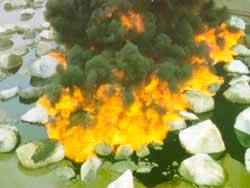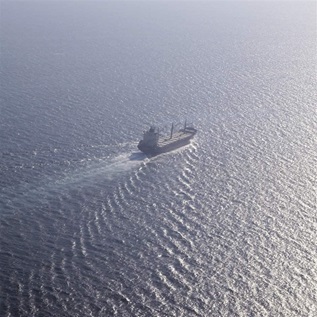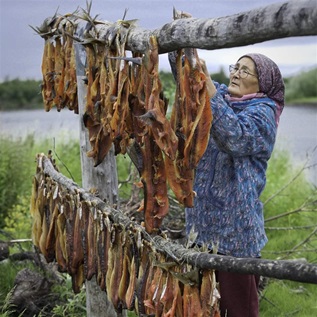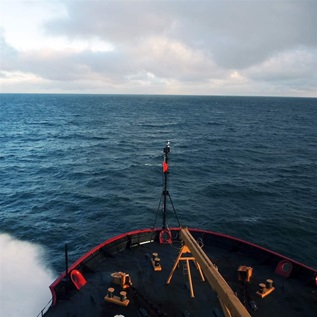In-Situ Burning
In-situ burning of spilled oil on the water’s surface involves a controlled burn of floating oil that is contained to the appropriate thickness.
Many Arctic oil spill response plans cite in-situ burning as the preferred response method when sea ice is present because it can act as a natural barrier to concentrate pools of oil in ice leads or polynyas to allow for sufficient thickness to burn. However, these interfaces between ice and water are ecologically vital; the impact of an oil spill would be widespread on a range of species, from phytoplankton at the base of the food chain that live on the underside of the ice to marine mammals, such as bowhead whales, that surface and breathe at these openings.
 © BOEMRE
© BOEMRE
In situ burning experiment in cold water/broken ice conditions
Small-scale trials have shown that it may work in a variety of ice conditions; however, burning oil in sea ice requires that the slick be thick enough to ignite, with minimal wind and waves and that has not emulsified (incorporated water) too much. Burning is not safe or feasible in high winds. In addition, in-situ burning creates toxic smoke and leaves behind oily residue that is difficult to recover and can harm marine species.











